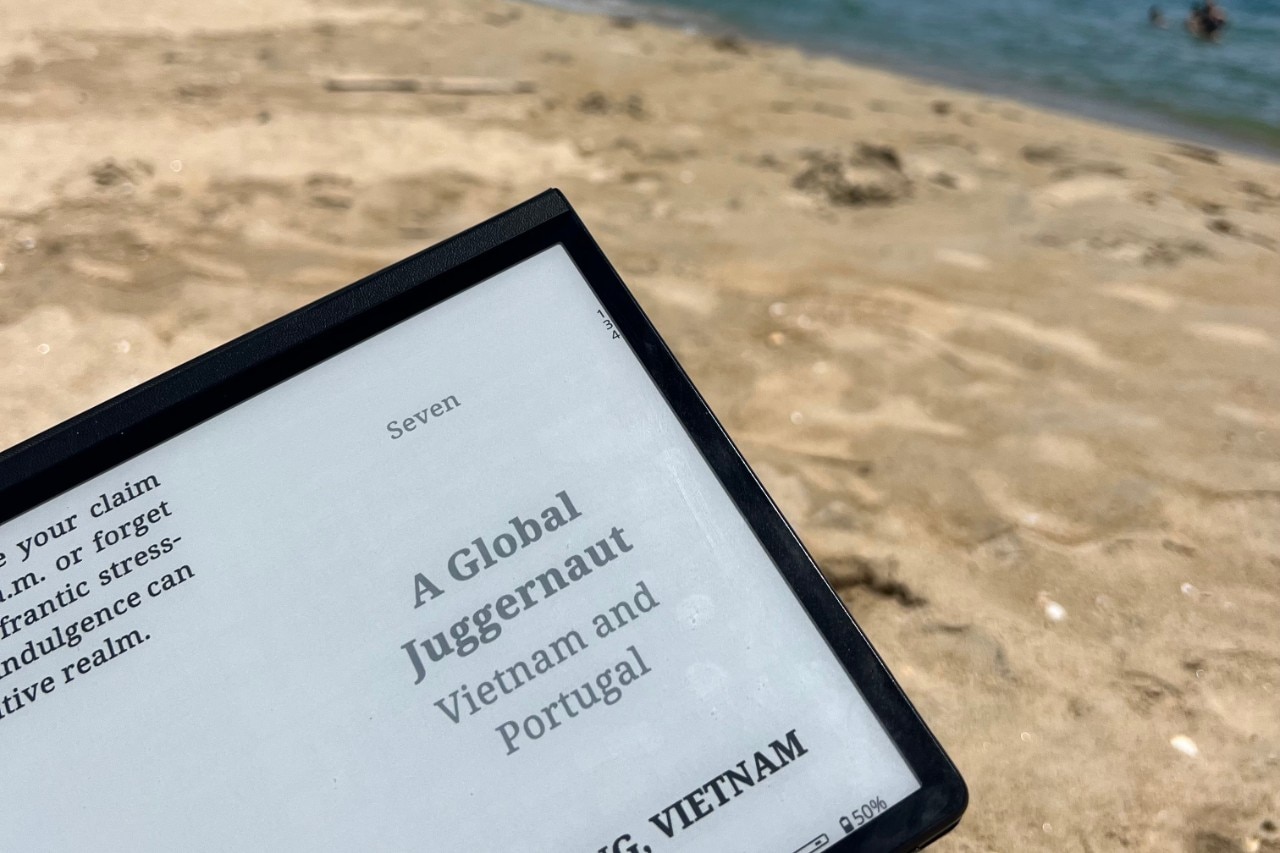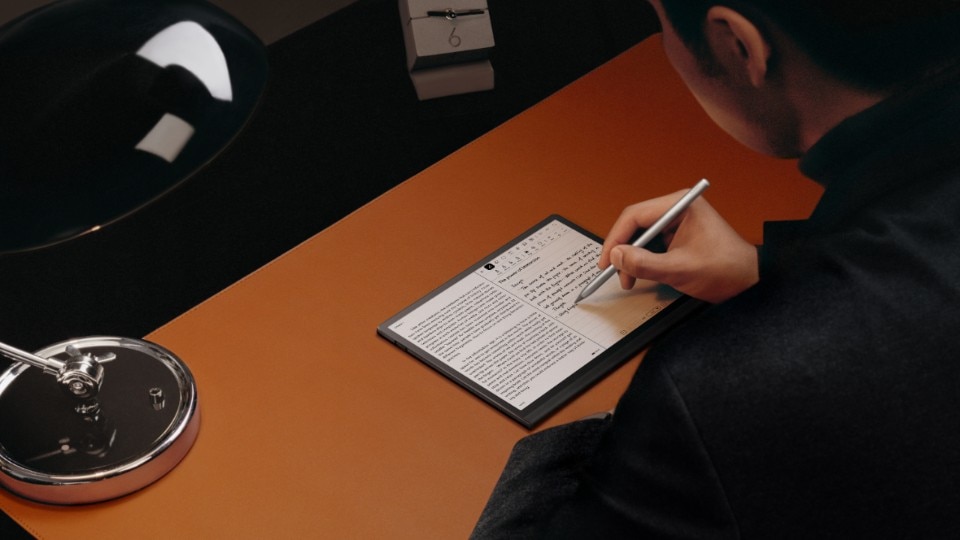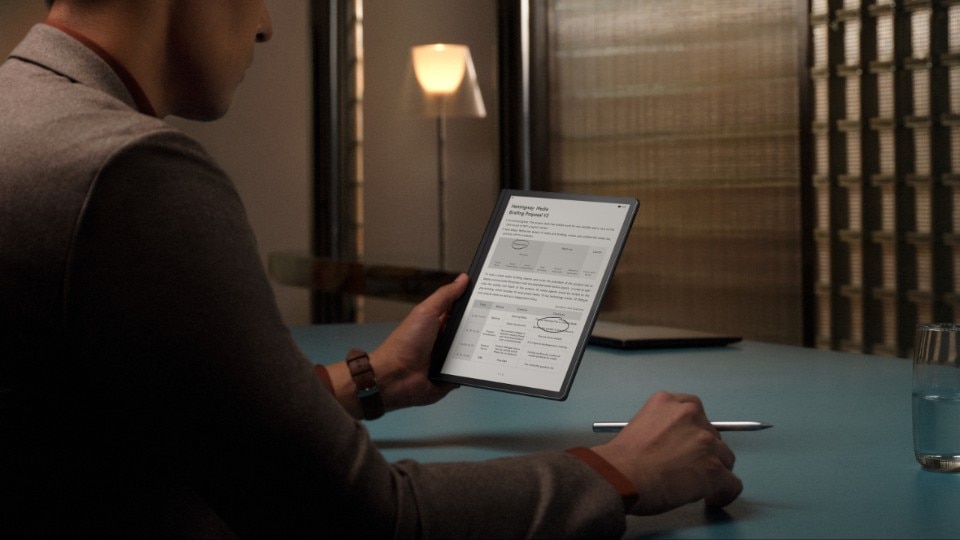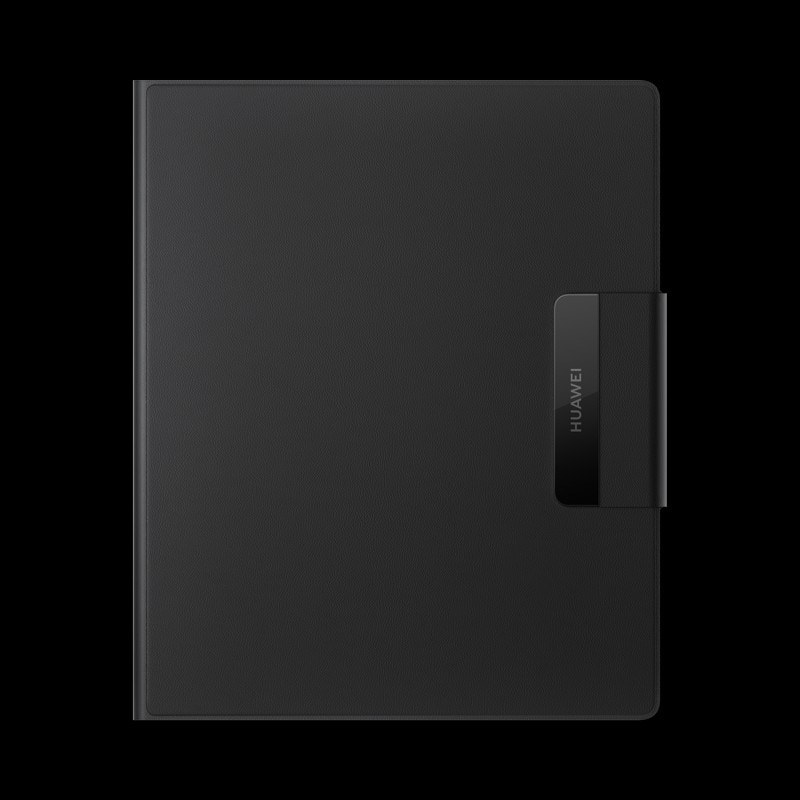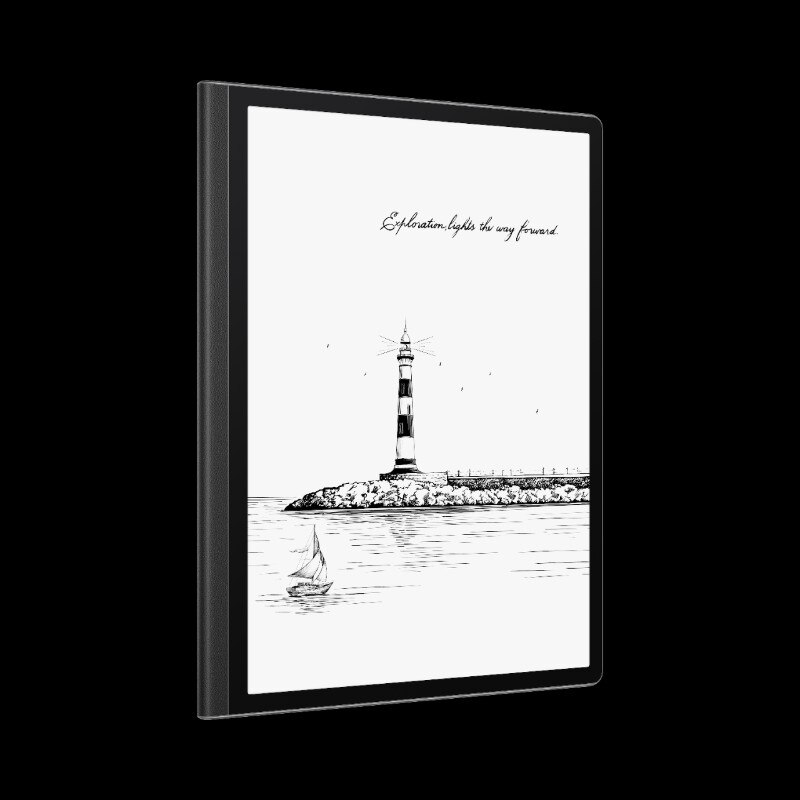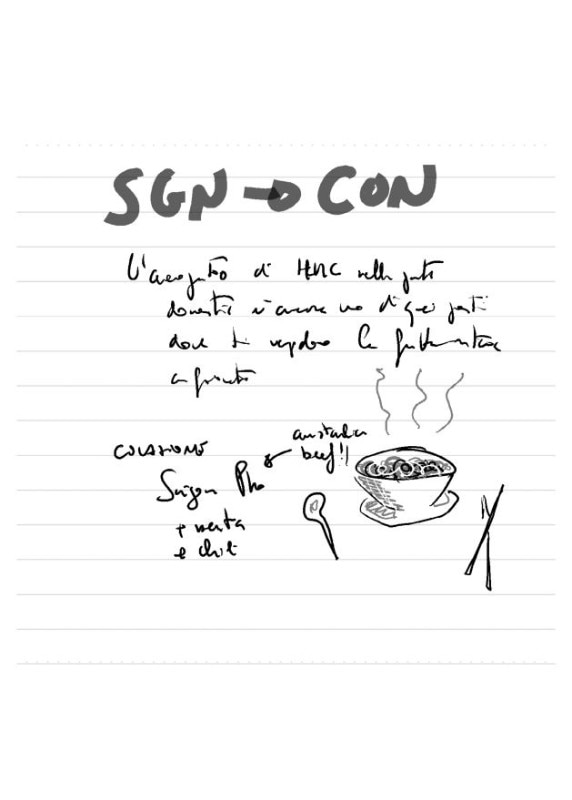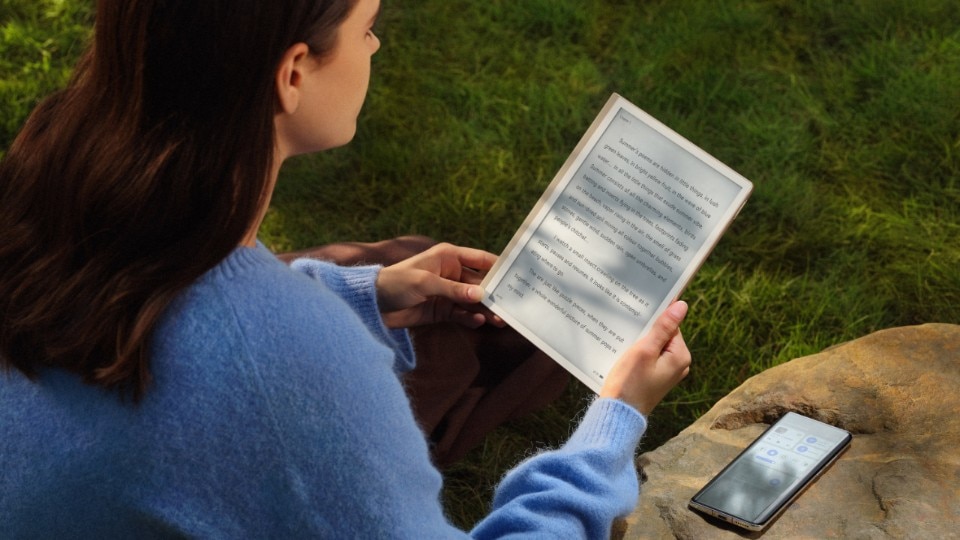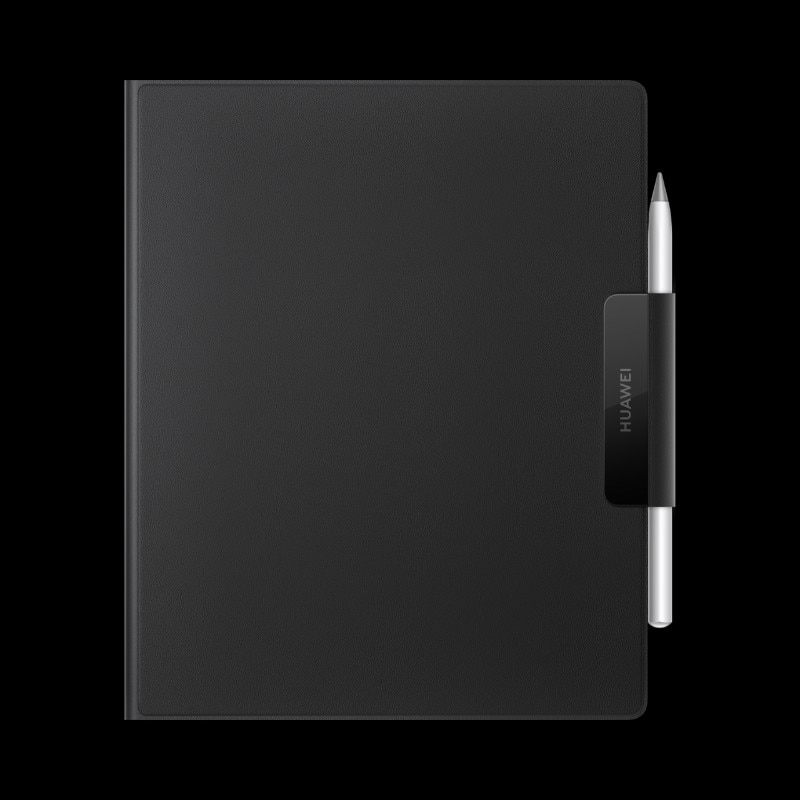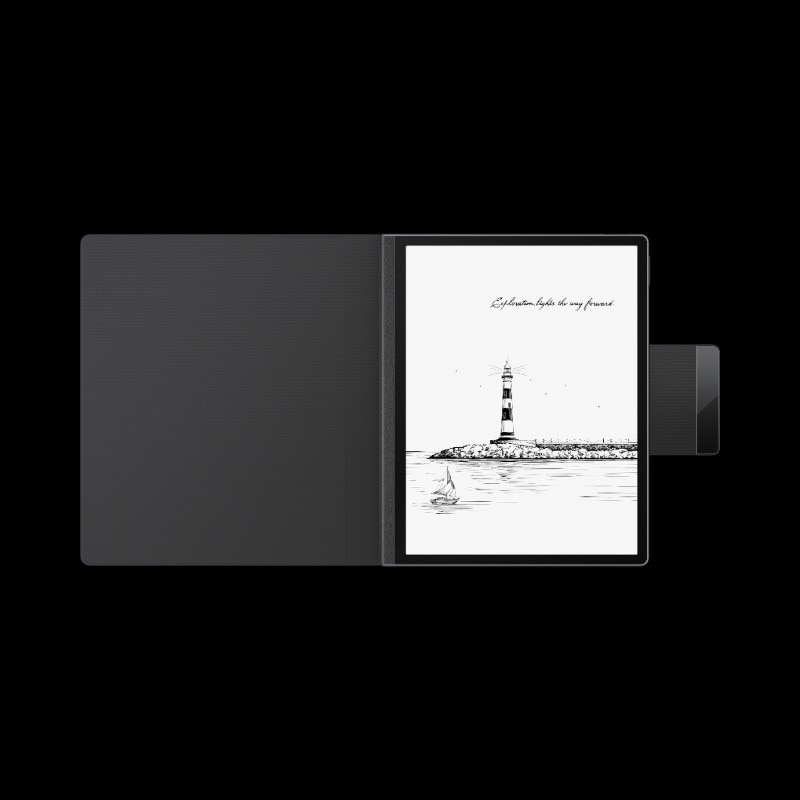Tablets that employ electronic ink technology into their displays are nothing new. However, these devices have recently managed to combine hardware and software so effectively that they have extended beyond the niche user base that had been experimenting with them for a long time. Among other advantages, E Ink offers greater readability and a more paper-like feeling compared to an LCD, and it is less fatiguing for the eyes, too. It is somehow more energy-efficient, although many devices now come with a built-in light, resulting in fewer hours of usage between charges. E Ink disadvantages include the lack of colours and a refresh rate that makes these displays particularly slow – they’re fine for reading a page of a newspaper but not for playing 60-frame-per-second games, to be precise.
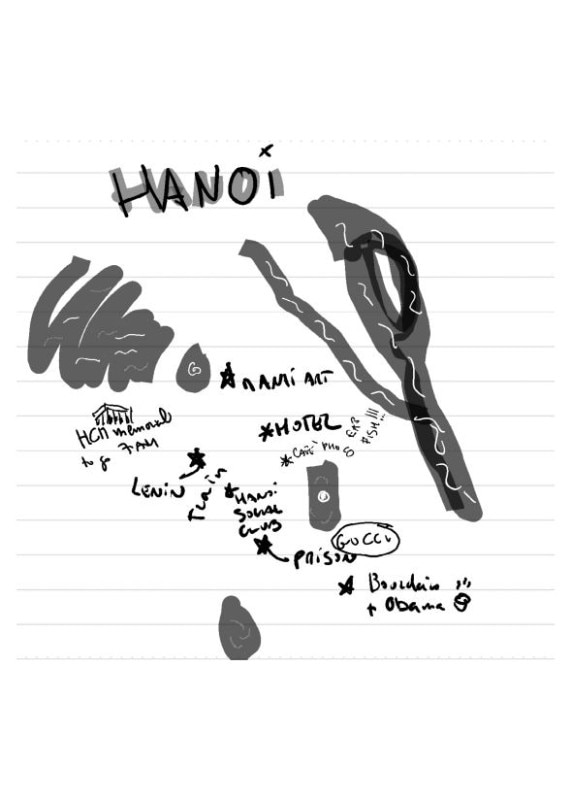
The most emblematic case is undoubtedly reMarkable, which was created “as an improvement to paper”, as its creators told Domus: it is intended as a notepad for the new millennium, in which there are very few frills (it doesn’t even have a browser!) and focusing is what it’s all about. Kobo, one of the largest e-reader manufacturers, has introduced the possibility of taking notes directly on its latest readers with a special stylus, and launched a model, Elipsa, with a ten-inch display and a series of functions that turn it into a digital notepad – although it is still a bit immature in terms of software, at least when it was first launched.
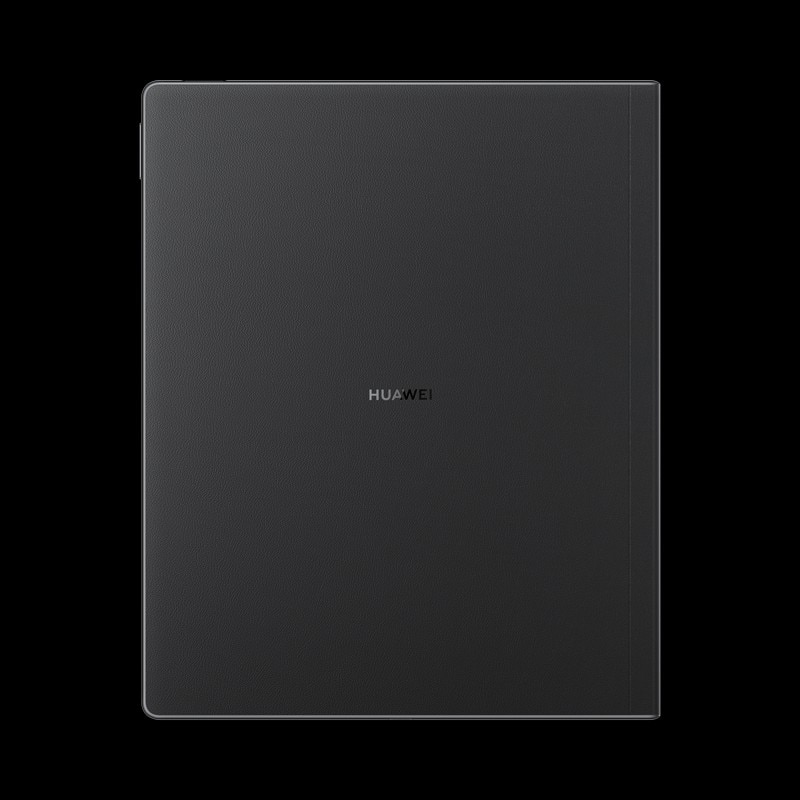
During this year’s Mobile World Congress, Huawei added an E Ink display device to its extensive and articulated catalogue of tablets – the MatePad. The Paper model features a “traditional” ten-inches tablet-sized screen, with ultra-thin edges (the screen-to-body ratio is 86.3%), it weighs 360 grams and is compatible with the already well-tested M pencil, Huawei’s in-house stylus. It uses a complete and complex operating system, namely Harmony 2.0, the internally developed operative system that the Chinese company uses to make up for the famous Google ban that hit it in 2019.
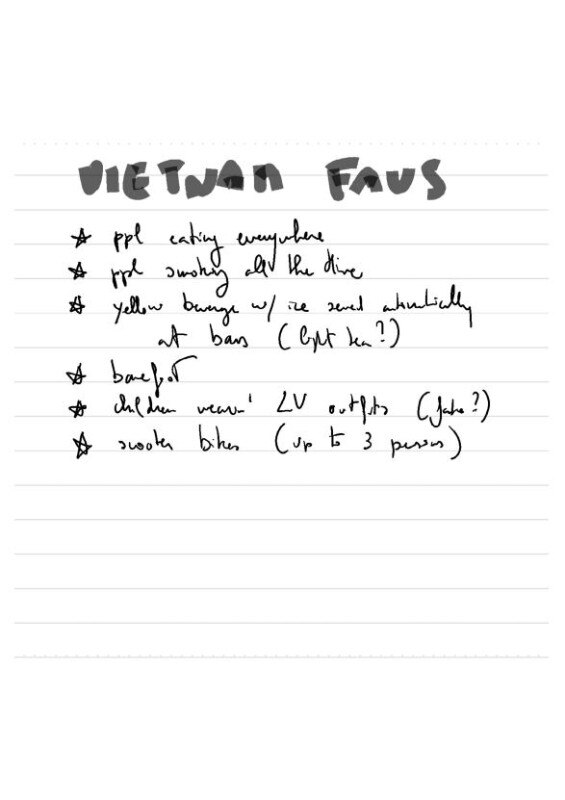
Huawei’s Matepad Paper comes with a good catalogue of basic apps (which can be expanded, by the way), can be used to reads emails and is equipped with a set of microphones that expand its possibilities. It is a digital notepad and an XL-sized e-book reader. These are all reasons why this summer, in view of a solo trip to Vietnam that was going to be more like an exploration than a relaxing couples holiday on the beach, I left the reMarkable at home – which for more than a year now has been a fixed presence in my working life and beyond – and packed this new tablet. Step by step, you can read how it went in the gallery.


